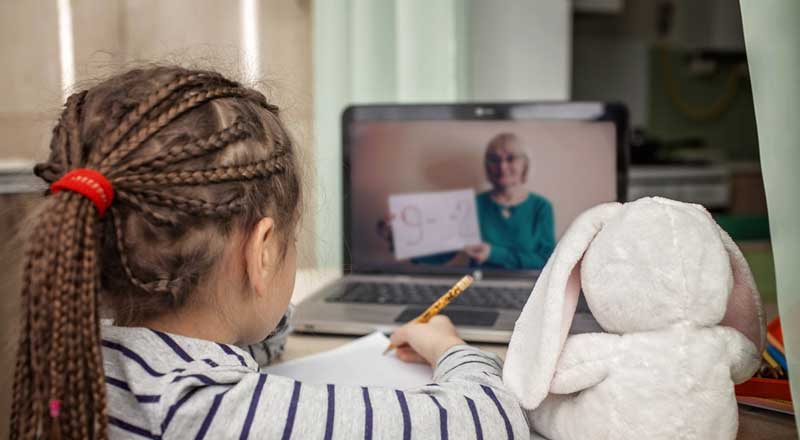How to Teach Kids Good Table Manners
It is important to start practicing healthy habits early on, so that they become part of our routine as we grow older. Good table manners are among these. Good table manners and healthy eating habits go hand in hand. Here are some steps you could follow to teach kids good table manners. In the process, you will also be raising kids who are less fussy at the dinner table.
Step 1
Eat together. Start early. When your baby is old enough to sit up, include her at the dinner table. Pull up her high chair or seat closer to the dining table, reserve a place for her and let her enjoy her finger food while the rest of the family has dinner. Encourage all your kids to join you at the table for meals and avoid combining eating with other activities, such as watching TV, playing video games, reading or talking on the phone. Make dinner time family time. When the family eats together, children have the opportunity to watch parents or other grown-ups and learn good table manners from them.
Step 2
Explain table manners to your kids. You can start even when they’re toddlers in high chairs. Explain what you’re doing as you set the table. It does not matter if she doesn’t seem to understand or care, at first. You could start with simple instructions like, "This is a fork. We eat with a fork and spoon." As kids grow older, you could explain to them in more detail why table manners are important. Tell them it shows consideration for the host and to others we share the meal with. Show them the right way to use different utensils, how you pass around dishes, how they are served, when to start eating, how to pull out a seat for an older guest, how to ask for more and how to thank the guest.
Step 3
Discuss why table manners are necessary and important. Encourage kids to participate and come up with reasons. For example, ask them, "Why do you think speaking while chewing food is not a good idea?" Be responsive to their ideas. Offer your own suggestions. You could explain how it makes it difficult to understand what they’re saying. Add that it’s inconsiderate. Also, if they don’t like to follow a particular rule, see if you can find out the real reason behind it and if you can offer a solution.
Step 4
Encourage kids to be part of the process of setting and clearing a table and preparing a meal. They could take turns to help you, or as they grow older, kids could take charge of one or more of the meal-related activities. When they take care to prepare a meal, set the table or act as host or hostess, they are likely to better understand the value of food and the efforts that go behind it.
Step 5
Enforce rules. Make it clear to kids which rules are not negotiable, such as being impolite to the host or to other guests, or making rude remarks about the food. Explain to them how someone put a lot of effort and time into preparing it, and that it is important to be appreciative. You may have to repeat the rules several times before kids start remembering to follow them. Be firm and calm while repeating them. Do not raise your voice or lecture the kids.
Step 6
Stage a formal dinner occasion at home. Invite your kids’ friends or cousins over. Let kids dress up as host, waiter, polite guest and rude guest. Explain the scene to them and let them practice a little before starting. Put kids in charge of preparing the meal, setting the table and organizing the whole affair. You could videotape the entire enactment and use it to help kids improve their table manners.




